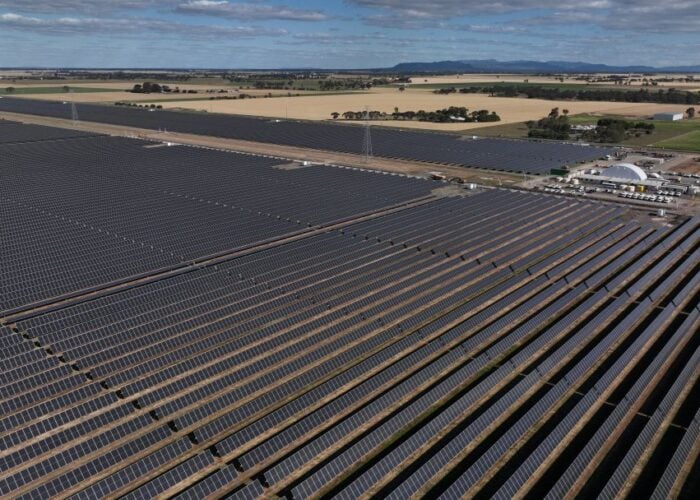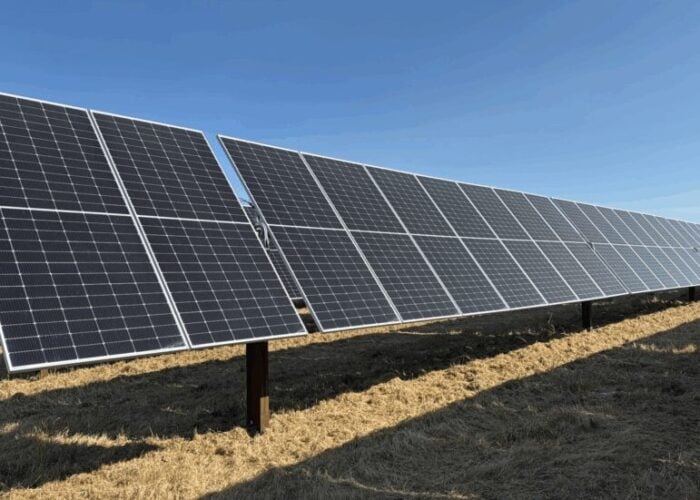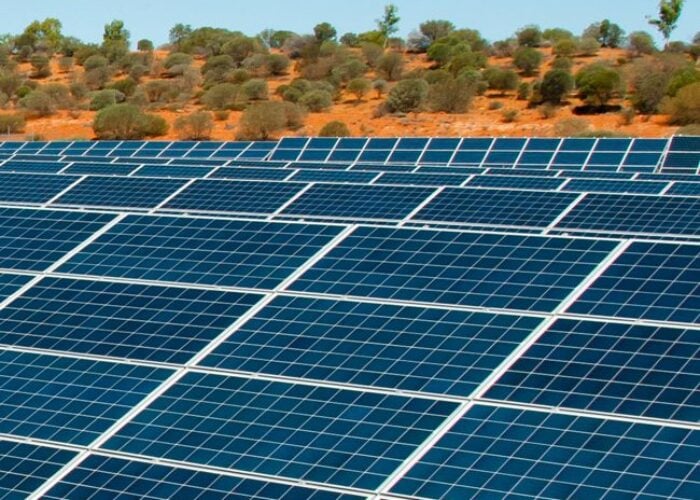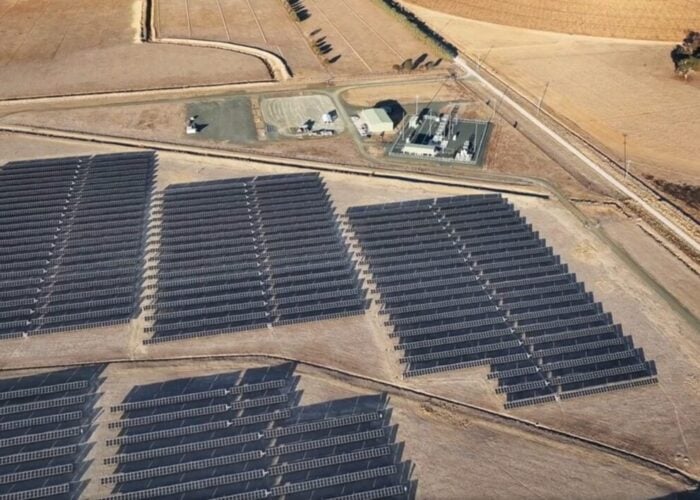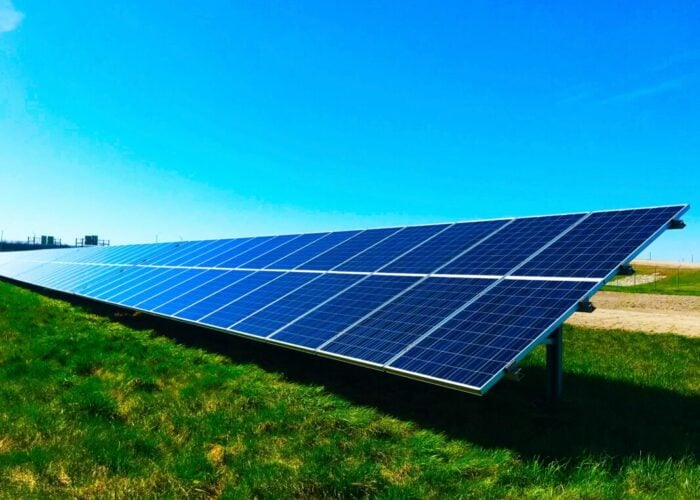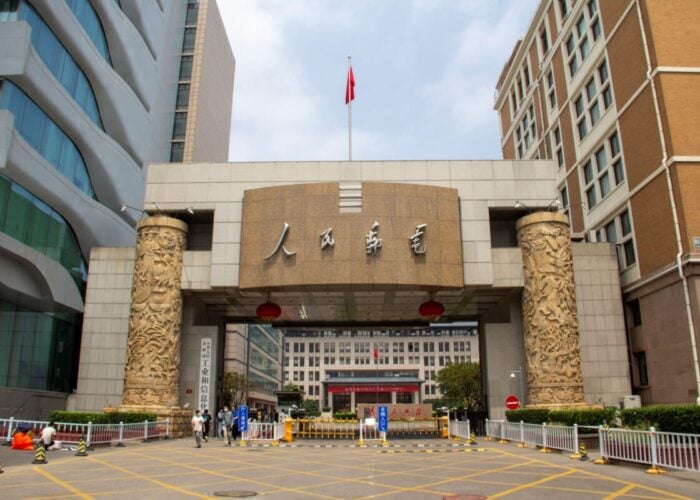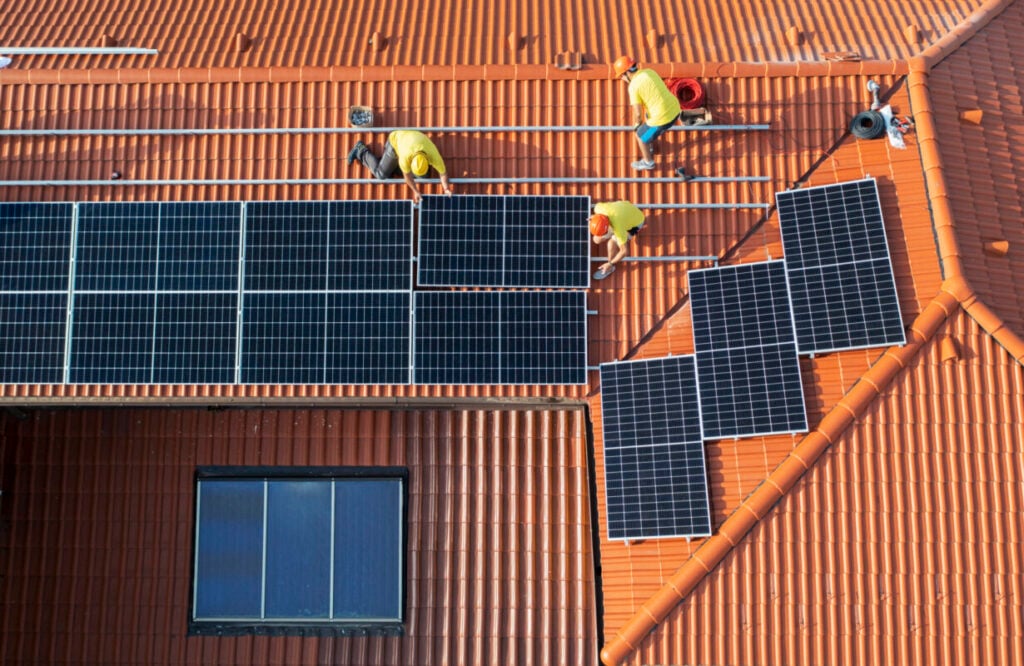
A new report has claimed that creating a Sydney Renewable Energy Zone (REZ) in New South Wales, Australia, could generate up to 21GW of renewable energy from rooftop solar PV.
The Sydney as a Renewable Energy Zone report, released by engineering consultancy Arcadis, was developed in partnership with think tank the Committee for Sydney, distribution network company Endeavour Energy, Ausgrid and Arup.
Try Premium for just $1
- Full premium access for the first month at only $1
- Converts to an annual rate after 30 days unless cancelled
- Cancel anytime during the trial period
Premium Benefits
- Expert industry analysis and interviews
- Digital access to PV Tech Power journal
- Exclusive event discounts
Or get the full Premium subscription right away
Or continue reading this article for free
It claims that if every residential, commercial and industrial rooftop in metropolitan Sydney, which spans roughly 12,368 square kilometres, has a rooftop solar PV system installed, it could meet up to 75% of the city’s annual energy demands.
The report states, for reference, that the city’s energy demand is almost half the demand of the entire state.
Alan Brookes, CEO of Arcadis, believes that the creation of a REZ in Sydney could tackle some of the city’s most pressing energy challenges.
“Through a coordinated approach to utilising untapped rooftop solar and battery storage, we could create a cleaner, more resilient, and equitable energy future for all Sydneysiders,” Brookes said.
New South Wales’ focus on REZ
REZ sites are being developed across the states where the National Electricity Market (NEM) operates. New South Wales has been progressive in its approach to these zones, deemed the modern-day equivalent of power stations, seeking to build at least five across the state. Central-West Orana is set to become the first REZ to enter the construction phase in the coming months.
New South Wales has also deviated from the traditional REZ design. It plans to create the state’s first urban zone in Illawarra, leveraging rooftop solar PV, community battery energy storage systems (BESS), and virtual power plants (VPPs). This approach is similar to the Sydney REZ envisioned.
According to the report, several of Sydney’s suburbs already generate enough electricity to meet a third of the neighbourhood’s demand. This includes the suburbs of Riverstone, Marsden Park, Oakville, and Box Hill, which generate over 100MW of small-scale generation.
Meanwhile, the suburbs of Hornsby and the Northern Beaches have the highest share of generation against consumption. There is about 3GW of rooftop solar PV generation in metropolitan Sydney, which meets around 10-12% of its total electricity demand.
The creation of the Sydney REZ could see a dramatic uptick in rooftop solar PV capacity alongside the installation of community BESS to capture excess energy and distribute it amongst the neighbourhoods. This technology has been explored extensively on our sister site Energy-Storage.news.
The report declares the creation of a Sydney REZ a “once-in-a-generation” opportunity. It could be critical to ensure the introduction of new clean energy generation technologies as the state’s fleet of coal-fired power plants begins to be decommissioned.
Industrial warehouses could generate an excess of 500% of their energy needs
The uptake of residential solar PV systems has spearheaded Australia’s renewable energy transition, with the country boasting one of the world’s highest solar per capita rates. Extending this to industrial and commercial buildings could help maximise opportunities.
Indeed, the report outlines that industrial warehouses often have very low energy demands but high rooftop surface area. By installing a solar PV system on this, an industrial warehouse can, depending on its size, generate up to 500% more energy than it needs.
However, asset owners currently tend to size a rooftop solar PV system to meet the building’s needs instead of tapping into an additional revenue stream by selling excess energy back to the grid, something that can be maximised via the installation of a small-scale BESS.
As such, the report claims that often only 10-20% of the roof space on an industrial warehouse is needed to meet the demand.
It should be noted that commercial towers and residential flats would likely only be able to deliver 5% of their energy demand from a rooftop solar PV system, with this growing to 15% of a manufacturing facility, 20% for a medium-density residential or commercial building, and 100% for a detached residential building.
Sydney is experiencing a ‘BESS investment boom’
As previously mentioned, coupling a rooftop solar PV with a small-scale BESS, whether for commercial or residential use, could maximise the benefits of distributed renewable energy generation.
The report states that Sydney has been experiencing a “BESS investment boom” over the last year, thanks to the New South Wales government’s home battery rebate, which has now been merged into a VPP rebate scheme.
In less than a year since the rebate scheme was introduced, roughly one in 40 households with solar have installed a home BESS. The introduction of the federal government’s AU$2.3 billion (US$1.5 billion) Cheaper Home Batteries Program is anticipated to help increase the uptake of home BESS in Australia and New South Wales.
Introducing vehicle-to-grid (V2G) technology could further aid home BESS and community BESS in providing energy storage capabilities to Sydney’s growing arsenal of rooftop solar PV.
Due to electric vehicle (EV) batteries being larger than home batteries, the report states that cars and buses could play a crucial role in the city’s energy transition.

